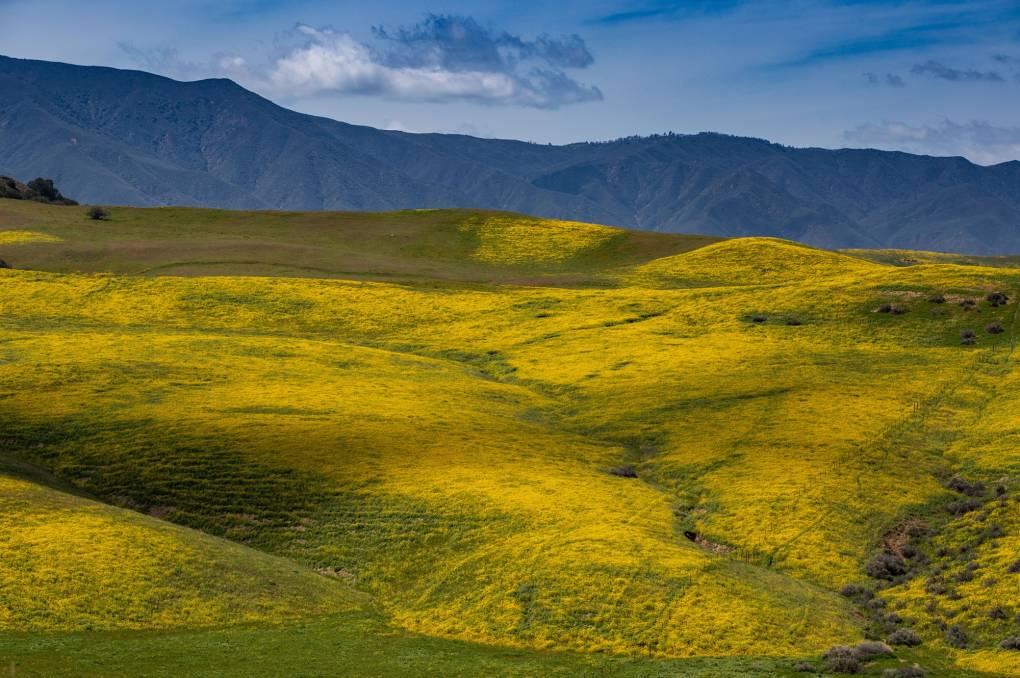
"Researchers had never before used the instrument to monitor blooming vegetation for an entire growing season, collecting images each week, said David Schimel, a research scientist with NASA JPL."
"Compared to other parts of a plant, flowers can be pretty ephemeral. They may last only a few weeks.â"
"These sensors are helping us to see what pollinators see, with bees, birds or butterflies seeing through different spectral ranges than humans."
"Spectral imaging could be a game-changer for tracking blooms on a regional or even global scale - without needing to hike through every field."
Researchers employed spectral imaging to map flower blooming patterns over an entire growing season, achieving 97% accuracy in differentiating flowers from background elements. This technique, traditionally used for planetary analysis, unveils how climate change affects blooming cycles of plants crucial for agriculture and ecology. By analyzing the unique light signatures of flowering plants, the technology promises efficient monitoring from a regional to global scale and contributes to understanding the interactions among plants and their pollinators.
Read at Kqed
Unable to calculate read time
Collection
[
|
...
]